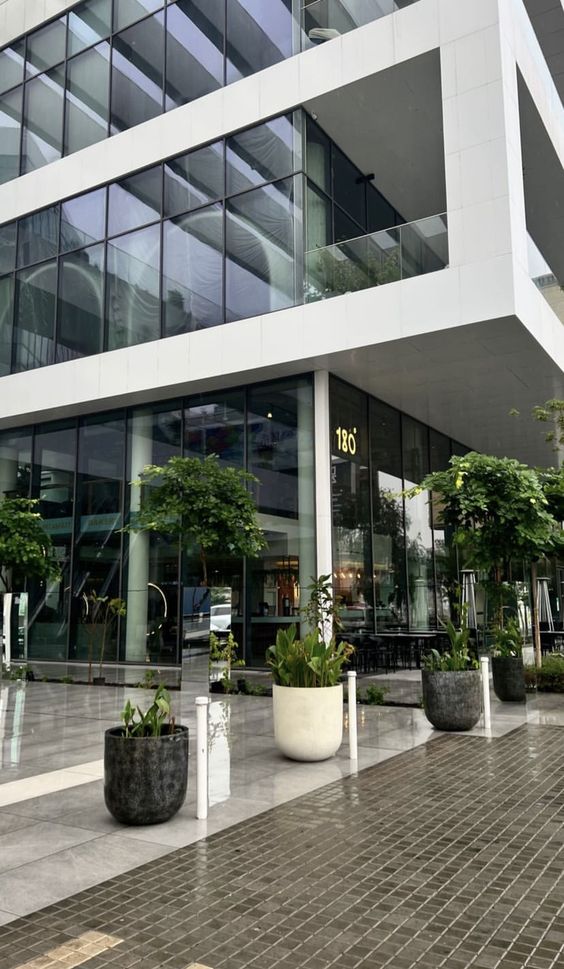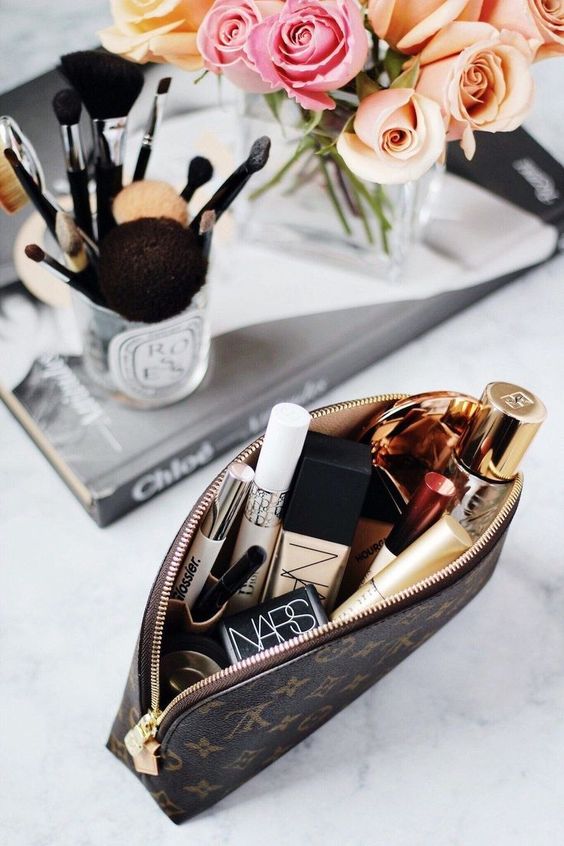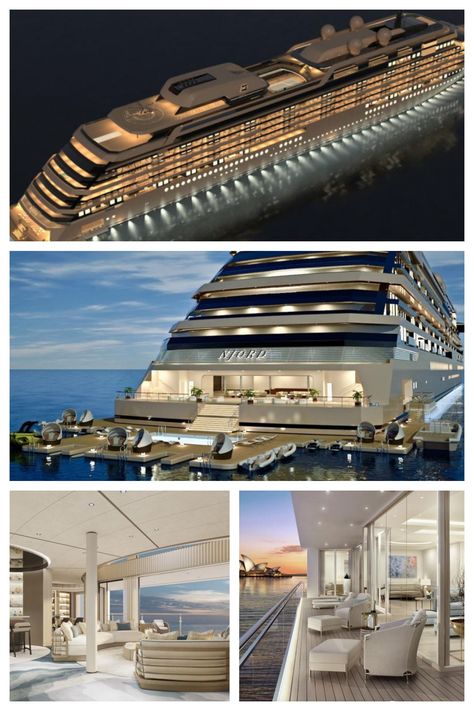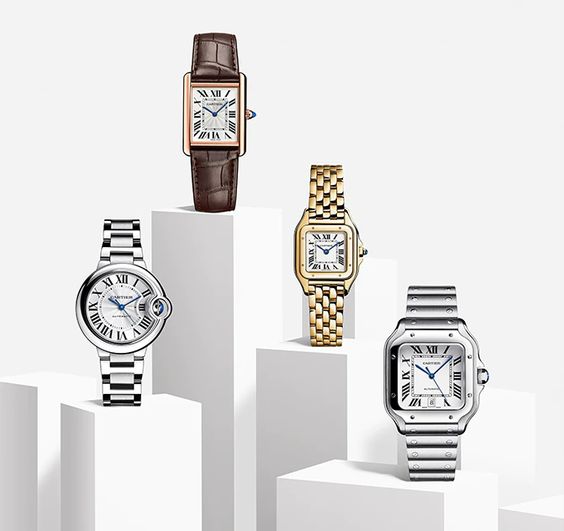Investing in Contemporary Art: A Guide to Art as an Asset
In the realm of luxury, art stands out as the ultimate investment. Be it timeless masterpieces or contemporary creations, art holds its position as a valuable asset with the potential for appreciation over time. However, investing in contemporary art presents challenges. Acquiring luxury art demands a profound market understanding and a discerning eye for quality and value.
This comprehensive guide equips you with the necessary insights to navigate contemporary art as an asset. It covers diverse aspects, including identifying various luxury collectables and evaluating their growth potential and return on investment. Whether you’re an experienced art collector or a novice investor aiming to diversify, this guide empowers you to make well-informed decisions and optimize potential gains in the dynamic world of art as a valuable asset.
Understanding the value of contemporary art as an investment
Understanding the value of contemporary art as an investment is pivotal for those venturing into the art market. Transitioning from perceiving art solely as aesthetic enjoyment to recognizing it as a financial asset involves appreciating its potential for long-term value growth.
Firstly, it’s essential to transition from a narrow view of art as mere decoration to understanding its role as a dynamic asset class. Art has the potential to appreciate over time, making it a unique and valuable addition to an investment portfolio.
Moreover, transitioning from the notion that art investment is exclusively for seasoned collectors to recognizing its accessibility to a broader audience is crucial. Anyone with an interest in art can explore this investment avenue, and the market offers a diverse range of artworks at various price points.
Additionally, understanding the factors influencing the value of contemporary art involves transitioning from a passive observer to an informed participant. Factors like the artist’s reputation, the artwork’s historical significance, and market trends play key roles in determining its investment value.
Furthermore, recognizing the potential financial benefits of art investment involves transitioning from a focus solely on traditional investments to diversifying one’s portfolio. Contemporary art can provide a unique combination of aesthetic pleasure and investment returns.
Overall, understanding the value of contemporary art as an investment requires a shift in perspective—from perceiving art narrowly to recognizing its dynamic role in financial portfolios. By appreciating its potential for value growth and considering factors influencing its worth, individuals can navigate the art market with informed confidence.
Evaluating the quality and potential of contemporary artworks
Evaluating the quality and potential of contemporary artworks is a crucial skill for art enthusiasts and investors alike. Transitioning from merely appreciating art aesthetically to critically assessing its craftsmanship involves recognizing key elements.
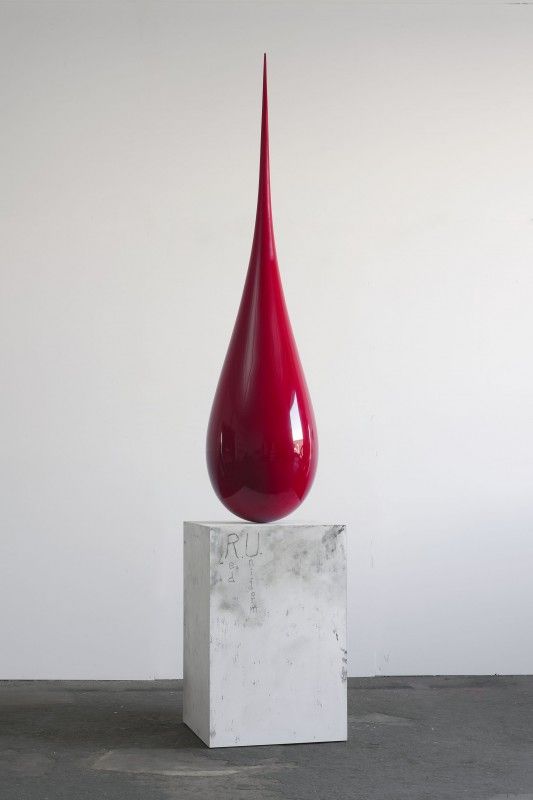
Firstly, understanding the artist’s technique and skill progression is essential. Transitioning from passive admiration to actively discerning brushwork, composition, and use of color aids in evaluating the overall quality of an artwork.
Moreover, transitioning from a focus solely on personal preference to considering broader art trends and market demands is pivotal. Recognizing the convergence of an artist’s unique style with current market interests informs the potential value and demand for a contemporary piece.
Additionally, evaluating the materials and longevity of an artwork involves transitioning from overlooking these aspects to acknowledging their impact on the artwork’s preservation and future value.
Furthermore, assessing an artist’s reputation and exhibition history is vital. Transitioning from merely enjoying an artwork to researching an artist’s background, past exhibitions, and critical reception contributes to understanding its potential in the art market.
In conclusion, evaluating contemporary artworks’ quality and potential necessitates a shift from passive appreciation to active analysis. By considering artistic techniques, market trends, materials, and an artist’s reputation, individuals can make informed assessments, enhancing their ability to navigate the dynamic world of contemporary art.
The role of experts in art valuation and authentication
Art valuation and authentication benefit significantly from the expertise of professionals. Moving away from depending solely on personal opinions to seeking guidance from seasoned specialists ensures a more thorough evaluation of an artwork’s quality, historical relevance, and market value.
Consulting experts in art authentication shifts the focus from uncertain attributions to authoritative verification, mitigating the risks associated with counterfeit or misrepresented artworks. Their specialized knowledge and experience contribute to a more nuanced understanding of an artwork’s place in the market.
Navigating the complexities of the art market becomes more manageable with the insights provided by experts. Shifting from uncertainty about market trends to leveraging their expertise aids in making informed decisions regarding art investment, sales, and acquisitions.
Moreover, experts play a pivotal role in fostering transparency and trust. Departing from a lack of standardized criteria to relying on industry-recognized methods ensures a consistent and reliable approach to art valuation and authentication.
Professionals in art valuation and authentication play a transformative role. Shifting from subjective assessments to professional evaluations enhances the integrity and stability of the art market, fostering trust and confidence in art transactions.
The benefits and risks of investing in contemporary art

Investing in contemporary art presents both exciting benefits and potential risks. Firstly, let’s explore the advantages:
- Potential for Appreciation: Contemporary art has the potential to appreciate over time, offering investors the opportunity for profitable returns.
- Diversification: Including art in an investment portfolio diversifies risk, as its value may not correlate directly with traditional financial markets.
- Aesthetic Enjoyment: Unlike traditional investments, owning contemporary art provides the joy of aesthetic appreciation, creating a multi-dimensional value.
However, it’s essential to consider the risks involved:
- Market Volatility: The art market can be volatile, with unpredictable fluctuations in demand and pricing.
- Lack of Liquidity: Selling art may not be as swift as selling stocks or bonds, potentially limiting liquidity in times of need.
- Subjectivity in Valuation: The value of art is subjective, varying based on individual preferences and market trends.
- Condition and Authentication: Risks associated with the condition of the artwork and the need for accurate authentication can impact its value.
Investing in contemporary art offers unique advantages, such as appreciation potential and portfolio diversification. However, it’s crucial to navigate carefully, considering market volatility, liquidity challenges, subjective valuation, and the importance of maintaining the artwork’s condition and authentication. A balanced approach, informed by an understanding of both the benefits and risks, is key for successful art investment.
Incorporating art into your investment strategy
Incorporating art into your investment strategy can be a lucrative and rewarding decision. Contemporary art has shown to have significant potential for growth and provides a unique diversification opportunity for investors.
This guide has highlighted the various reasons why art has become a recognized asset class, including its ability to act as a hedge against inflation and its potential for long-term appreciation. To enhance your investment portfolio and explore the world of contemporary art, consider incorporating art into your investment strategy.



